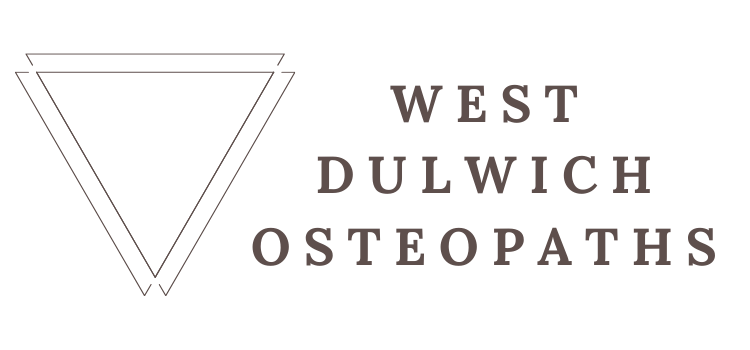Falls in the older population are common. Around one in three people will fall at least once in a year, with half falling more often than that. If you’ve taken a tumble recently you’ll know what a shock it is and how it can really knock your confidence. I clumsily tripped over in the road last year and I was surprised at how it really gave me a shock (I cried like a baby)! Most of the time you won’t sustain a significant injury in a fall, but in the over 65s there’s a greater risk of broken bones (particularly hips) which can have a big impact on your life and sense of independence. It can also make you more likely to develop a bit of arthritis in the injured area.
There are all sorts of studies and research going on worldwide to explore how to minimise the risk of falling in older adults. People are more likely to fall if they have balance problems, low muscle strength or poor vision (amongst other things including more complex health issues). A new study from the University of Sydney has shown convincingly that cycling has a positive impact on your sense of balance, leg muscle strength and, importantly, your confidence! So great preventative action against your risk of falling. Yet more support for keeping active and exercising beyond just losing weight and keeping your heart healthy. So maybe it’s time to get on your bike! If you don’t fancy cycling outside, exercise bikes for use at home can be a great way to get started. Just make sure you check out any health concerns with your GP before you get underway.

Other information about reducing falls
If you have concerns about your risk of falling OR you have an older relative you want to look out for, there are some great resources:
https://www.ageuk.org.uk/information-advice/health-wellbeing/fitness/falls-prevention/
https://www.nhs.uk/conditions/falls/#preventing-a-fall
Ref: Harvey, S., Rissel, C., & Pijnappels, M. (2017). Associations between bicycling and fall related physical performance in older adults. Journal of aging and physical activity, 1-20.
